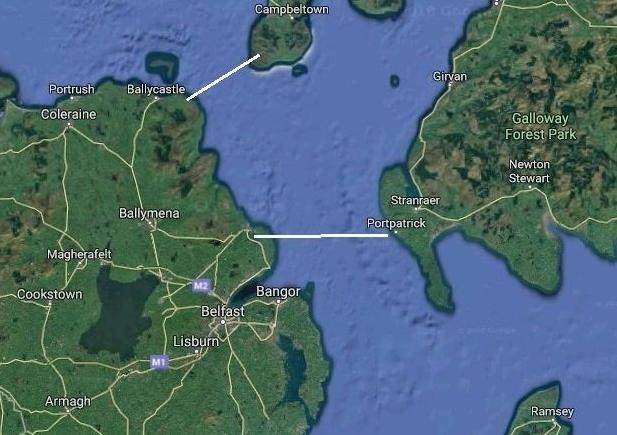

There are currently no measures in place for controlling or complaining about light pollution but you can find more information on the Commission for Dark Skies website.Current noise maps represent environmental noise levels, how they vary by geographical location, and are used for communicating information on environmental noise to the public. Light pollution describes artificial light that is excessive or has an adverse effect on the environment. Other types of nuisance include odour from waste water treatment works ( contact Scottish Water to make a complaint) and light pollution. We have issued procedural guidance on the nuisance provisions of the Public Health etc (Scotland) Act 2008. (Scotland) Act 2008 updated the provisions of the 1990 Act by introducing new nuisances of light and insects, as well as other changes including how the Act is enforced. injures health or is likely to injure health.unreasaonably and substantially interferes with the user or enjoyment of a home or other premises or.Noise counts as a statutory nuisance (covered by Part III of the Environmental Protection Act 1990) if it either: We are working with key partners including Transport Scotland, local authorities, airport operators, the Scottish Environment Protection Agency (SEPA) and others to implement these noise action plans.įind historic environmental noise information in the archive. Aberdeen agglomeration: noise action plan.


(Scotland) Act 2004, and we have issued Antisocial Behaviour etc.
SCOTTISH NOISE MAPPING HOW TO
Find information on how councils deal with noise complaints on gov.uk.įind out how to report noise or antisocial behaviour on mygov.scot.įor more information, visit the Scotland's noise website. The majority of legislation and guidance regarding noise pollution is issued by the UK government. In 2005 we commissioned noise management guidance to help them with enforcing the statutory provisions for community noise. Local authorities are responsible for controlling and dealing with complaints about noise. We set legislation around the control of noise, and issue guidance for its minimisation and prevention. It is defined as unwanted sound that, when it reaches certain levels and intensities, can be annoying and adversely impact people's mental or physical health. A nuisance can be anything that has an adverse impact on a person's ability to enjoy their home or other premises.


 0 kommentar(er)
0 kommentar(er)
